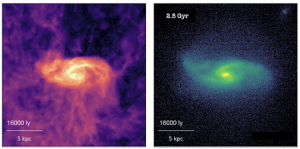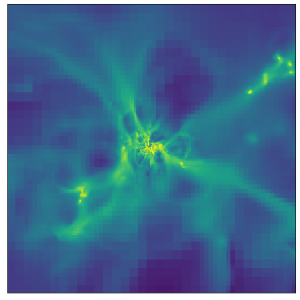
To understand how our present-day Universe came into being, we have to look back to a few hundred million years after the Big Bang, when the first stars and galaxies started to form. The radiation they emitted progressively flooded the Universe, which turned from being dark, cold and neutral to warm and ionised: this marks the limits of the so-called Epoch of Reionisation. This is a crucial stage in the history of the Universe, during which galaxies assemble out of the gas accreted along cosmic filaments, during which central supermassive black holes come into existence in galaxy centres via different formation mechanisms, and during which various feedback processes compete together with environmental effects in order to shape the galaxies’ evolution, their morphology and their properties. To achieve a comprehensive understanding of galaxy and black hole evolution, it is required to focus at these early stages, despite the high-redshift Universe remaining challenging to observe and decipher.
Recently, the JWST opened the door to an unprecedented new sample of photometric and spectroscopic observations of high-redshift galaxies, reaching for the very first time redshift beyond z~12. Combined with numerical simulations, this allows us to deeply investigate the build-up of stellar mass, the formation of first black holes in galaxy centres, and the formation of galaxies at earliest cosmic epochs. How can massive galaxies host stellar masses as high as 1010 Msun at z > 7? What are the physical processes responsible for galaxy quenching well before the cosmic noon? How do stellar and AGN feedback regulate galaxy growth, and are the underlying physical mechanisms acting similarly at high and low redshift? These are all intriguing questions studied at GalSpec by developing and conducting large samples of high-resolution, cosmological zoom-in simulations of high-redshift galaxies.
